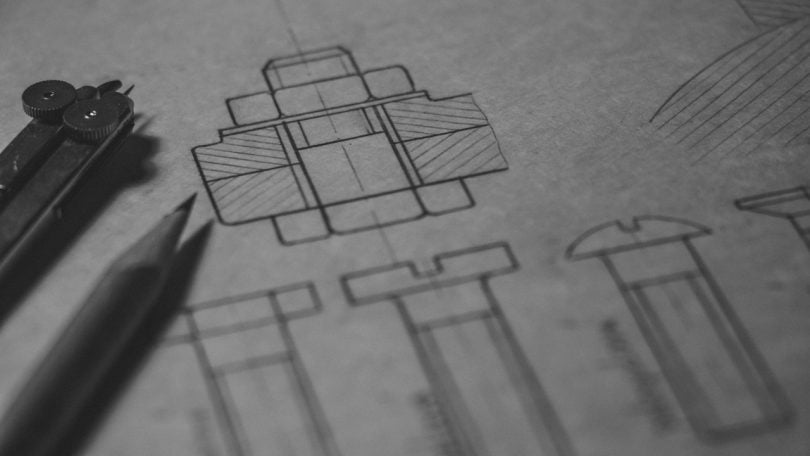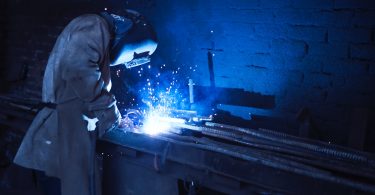Dimensional inspection, also called dimensional metrology or dimensional measurement, refer to one of the most recent trends in image sensor applications. It’s a specialized field that cuts across a huge range of applications allowing you to test components quickly, especially as they move through the manufacturing line. Dimensional inspection could also be used to validate new processes or for the comparison of prototypes into CAD models. Essentially, dimensional inspection allows you to enhance the automation of manufacturing processes, and design works, among others.
So, what is it?
Dimensional inspection refers to the process that allows for the comparison of what objects really are and what they are supposed/ intended to be. Dimensional inspection is a big part of the manufacturing, and the end product of the process could be a finished product, a custom design component, and an R&D prototype. For the measurement of the equipment, dimensional inspection makes use of different values such as:
- The width, length or height
- Roundness or flatness, along with other geometric characteristics
- Angles/ perpendicularity
- The sharpness of the edges
- Shape profiles
- Position
- The thickness and the object’s uniformity
Importance of dimensional inspection
Dimensional inspection is used for different reasons by different companies, but the biggest reason for the dimensional inspection is precision plus the perfect dose of accuracy. Some of the top reasons for the inspection include:
- Quality Control
Quality control is one of the biggest uses of dimensional inspection because this process allows you to verify the manufacturing process through the measurement of the finished products. This check could be done through the spot checking of all the batches or through the automation of the inspection samples or even the finished products coming off the production line.
- First article inspection
Dimension inspection comes in handy when the first product comes out of production. From the production run, the inspection would be important in illustrating the successful implementation of the manufacturing process.
- High-Precision Engineering
Dimension inspection allows you to find out whether the smallest part of an assembly, perhaps a micro-gear could impact the entire production assembly or not.
- Regulatory Compliance
To ensure that your products or processes stay within all the specifications put out by bodies such as the FDA or FAA, dimension inspection is crucial.
Choosing the right equipment for Dimensional Inspection
At the end of the day, there are numerous measurement opportunities for objects, from the nano-scale surfaces to the aircraft engine turbine. But even so, you need to invest in the best device for dimensional inspection. To find the best equipment, you need to keep in mind the following features in the device for dimensional inspection. These considerations include:
- Befitting budget
- It should allow for the inspection to be done right, accurately, correctly, and with precision
- It allows the inspection to be done quickly
- This equipment must serve the function required
- The other things you should consider include the reliability of the equipment, its durability, as well as its ease of maintenance and operation.
Factors to Consider When Choosing the Right Dimensional Inspection Equipment
Once you’ve established all the metrics you need to measure, you will need to identify the right equipment for dimensional inspection. Remember that when it comes to choosing the best dimensional inspection equipment, there are many special factors that you need to keep in mind. These considerations include:
- Sensor type to ensure that the item you are measuring isn’t altered in any way. It’s the prime directive.
- Tolerance requirements – the acceptable deviation from what was the desired outcome
- Portability
- Size and shape of objects to be measured
- Speed
- Automatic or manual function
- Ease of use of the equipment
- Maintenance requirements for the equipment
- Reliability and durability
- Budget
Using an outside organization such as https://www.3d-engineering.net can help to save your company time and hassle when conducting dimensional inspection and validation.









